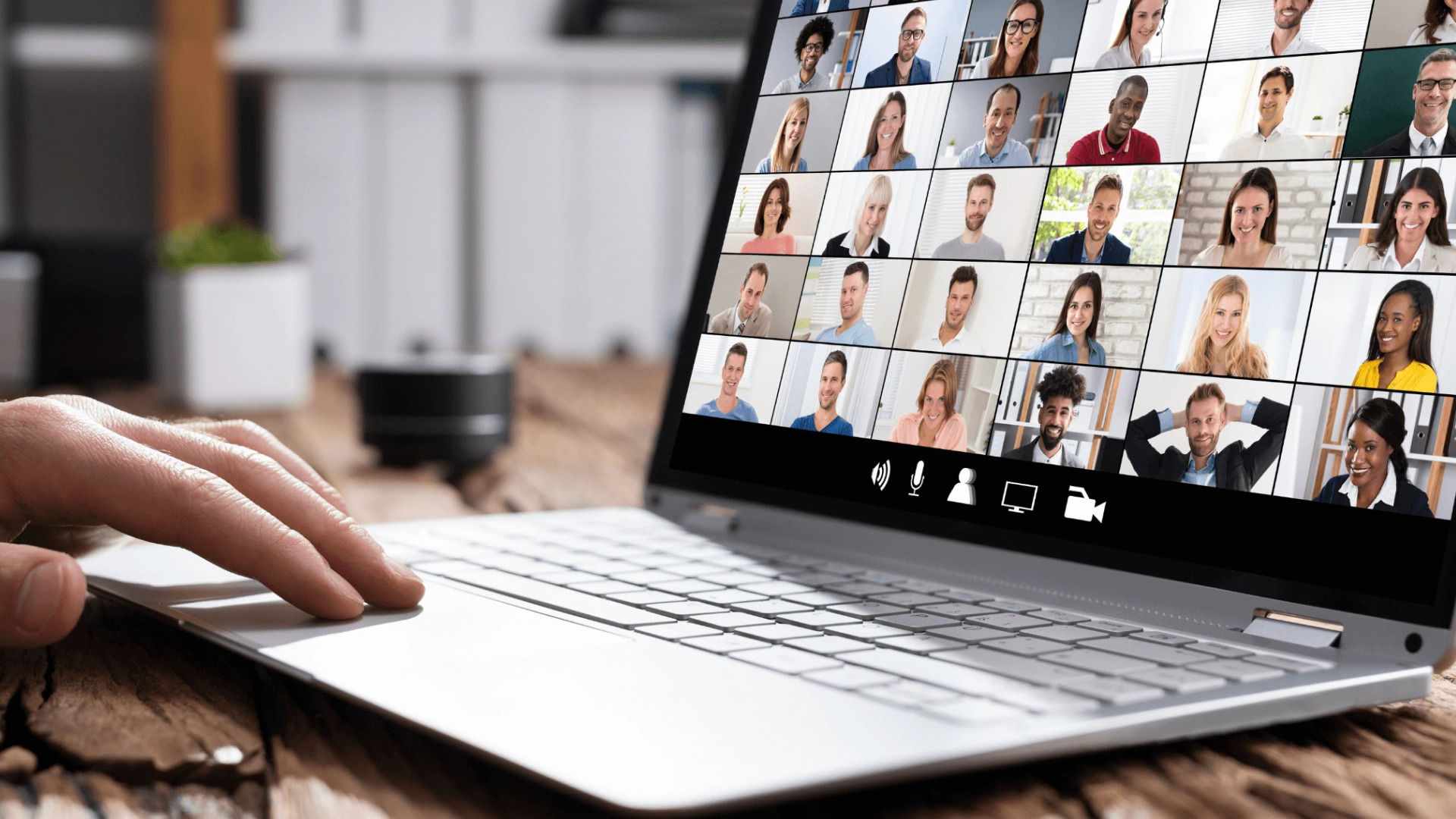About This Series
Imagine if you could learn from some of the top experts on how to build company cultures where everyone can be fully engaged, feel valued, and have impact. In this series of interviews from GMN’s Leader’s Playbook podcast, we talk with leaders who are laser focused on that mission, including Chief People Officers, Heads of Talent Development, DEI specialists, ESG experts, and more. They candidly reveal the challenges they’re facing during these extraordinary times and share their most effective strategies for creating positive changes that are transforming the future of work. And yes, we also hear about the ideas that did not work. Why? Because the best leaders pay it forward and help others avoid their mistakes.
Featured Guest
- Zaina Orbai, Advisor, PeopleTech Partners
Former Chief People Officer, The RealReal
This interview has been condensed and edited for clarity.
Key Takeaways
- The pandemic has prompted a huge shift in the relationships between workers and employers. Employees are re-evaluating their quality of life and recalibrating key factors such as money, time and energy.
- Managers can be better leaders by having the right, authentic conversations that are relevant for today. They can begin with 3 questions around goals, priorities and life changes.
- Proximity doesn’t always yield connection. You can be next to someone in an office for months or years and not really know them, yet feel a deep connection with someone you’ve only chatted with on video calls. It’s the quality of the conversations that matters, not proximity.
Read on to hear Zaina’s advice on implementing strategies for building connection in a hybrid work environment.
We’ve changed the traditional workplace norms, the relationships…the employee-employer situation has kind of changed a little bit. And I want to know, what were they, and what are they now as you see them?
Yeah. I believe the pandemic has fundamentally changed people’s motivation and relationship with work. There’s been a huge recalibration, and I think people are still discovering what that means for themselves. And after what we’ve been through the last few years, there’s this yearning and longing for a better quality of life, right?
And better quality of life depends on each person’s situation, their context. I think about, I guess three things, you know, I’ve been talking to a lot of incoming employees, I’ve been talking to a lot of outgoing employees and to, of course, friends in the network. And when I think about quality of life at the basic level, there’s money, time, and energy—and energy being your health, whether it’s emotional, physical, spiritual.
I think these three things have shifted for people, and I think they are now in this discovery mode of, what do I have and what else can I recalibrate among the balance of these three things to then improve the quality of my life?
So how do we welcome a conversation about meeting these personal needs that might have shifted, but we have to also make sure (that as you) get your dog walked, or your kid to school, and all these things, we still have tasks, and we have to have work done. How do we make sure that we’re meeting those needs and getting the work done?
It’s starting to think about what are the conversations that managers and employees are having? And how do we help managers have the right conversations that are relevant for today? At the end of 2021, we had gone through a lot at The RealReal. The business had gone through a big swing. We were back on growth trajectory and we introduced a concept called Real Conversations…an authentic conversation.
And it was tied to goals, results, but also to human beings. So, three questions. One is what were your goals for last quarter, how did you do? What are your top three priorities for next quarter? Then the last question is what has personally and professionally changed, and how can your manager help you?
I will tell you, that last question, it is so simple and so basic that we had the whole organization have these conversations. Managers learned things about employees they had been managing for years that they didn’t know. It could be something related to their kids, or their parents, or their hobbies. That opened up a whole new conversation of how managers could lead their people, and motivate them beyond just the tasks of the job.
How do you have those conversations with leaders to let them know that maybe what they think that they’re encouraging, maybe this trust level is not really there, or this encouragement level is really not as high as it could be? How can they judge for themselves to determine the reality of how good they are at these things?
Well, we certainly do engagement surveys and there’s a whole manager section with questions like, is there trust on your team? Or do you feel like your relationship with your manager is helpful and effective? And so there’s a whole set of trust and belonging questions, which is one way.
We also partnered up with our L&D consultant and said let’s figure out what do people really need right now. We had heard connection, trust, as you mentioned, psychological safety, wanting to feel heard, and that can tie to belonging. We introduced six modules and they were built on one another, but they can stand alone. It was listening to connect, asking to understand, navigating change, giving feedback, and receiving feedback. And each of those modules are about 90 minutes. And you think, oh gosh, that seems long.
But in it are the skills that you need to really build empathy and trust with your employees. And so anyway, we end up saying, okay, this is what we think people need. We’re not going to make it mandatory…We’re going to put it out there. If people show up, they show up. Okay, so then a few people started showing up. And guess what? Classes were getting full. We started introducing more offerings more frequently.
I think a lot of people go, “Oh, 90 minutes, I can’t do that…I have Zoom after Zoom, after Zoom.” But I think that we have to look at the opportunity costs of what we’re missing by not doing certain things. What are some of the other mistakes you think that maybe we’re seeing out there being made, that we’re losing the glue connecting an employee to their employer ?
I think one of the biggest a-has for me personally is (I thought) you have to break bread to build connection, which means you have to be physically in a place, probably food involved, right? You know, like the old ways of building connection when there wasn’t much technology. And I will tell you, I have been so surprised on this concept of, like, proximity and connection are independent. Meaning you could be next to someone in an office and worked with them for months or years, yet not really know them and have an acquaintance, a surface connection. That’s versus maybe you’ve had a Zoom call a couple of times with someone and feel a really deep connection.
I think that has been the biggest a-ha for me, is this connection. Yes, of course it’s easier if you’re in person. But we’re not using our in-person as intentionally, nor are we using our virtual as intentionally. It’s really if you can change the quality of the conversation you have with someone, be much more intentional, that’s how connection is made. And so now, I’m much more intentional, whether it’s virtual or in person, about things like what is the conversation I’m going to have with them because that’s going to build the next part of the relationship…Proximity doesn’t yield connection. It’s really the quality of the conversation - virtually or in person - it doesn’t matter.
About the Interviewer and GMN
Dr. Diane Hamilton is an Advisor at Global Mentor Network, a pay-it-forward enterprise with a noble mission to solve one of the world’s greatest challenges – building the next generation of diverse, transformational leaders.
Diane is the Founder and CEO of Tonerra, a consulting and media-based business. She is a nationally syndicated radio host and keynote speaker. She has authored multiple books, including Cracking the Curiosity Code: The Key to Unlocking Human Potential, and The Power of Perception: Eliminating Boundaries to Create Successful Global Leaders. She was named to Global Leaders Today’s list of top leaders along with Elon Musk, Jeff Bezos, Richard Branson, and Sheryl Sandberg. LeadersHum included her on their list of 200 Biggest Voices in Leadership and in the Top 10 Most Powerful Women Leaders in HR.



